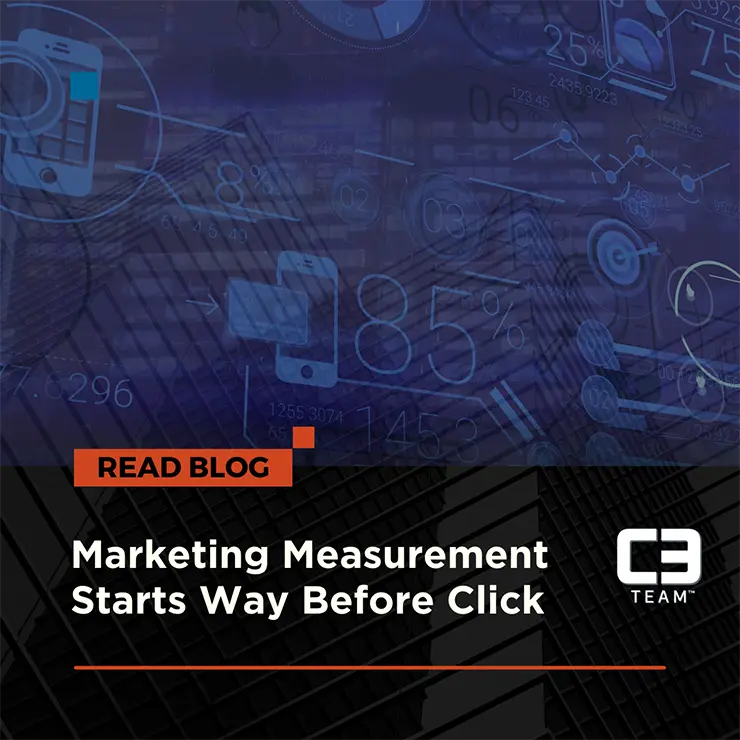We all want to measure how our advertising, public relations and social media campaigns are doing. Did that banner ad send potential customers to our website? Did the article on social media create awareness of our new product intro? Did any of it generate sales?
B2B companies must combine subjective, intuitive suppositions with objective, data-driven facts. Unfortunately, all too often the brain and the heart do not meet upfront during the strategic planning process.
When mapping out a marketing campaign’s objectives, goals, strategies, initiatives, and measurements why not include subjective input from employees, stakeholders and strategic partners? They can challenge long-held assumptions about our company or brand, provide messaging reality checks and extend the reach and credibility of the campaign.
We all know that objective, competitive market research is readily available from analysts and organizations. But, only after combining the subjective stakeholder insights with objective market data can a measurable communications plan be hatched.
Many Measurement Options
There is a myriad, and sometimes overwhelming, number of ways to measure how we meet our objectives. A quick online search will provide a cornucopia of ways to measure the success of social media, website, print, trade show and other communications initiatives.
It is no secret that the tactics of the plan often dictate how the campaign meets subjective and objective expectations. For example, if our goal is to generate awareness of our new product or service with articles in a social media campaign, then click through, conversion and bounce rates may give the insight we need. All social media and publishing companies readily provide this data and much more.
However, if we want to objectively measure intent to buy, acceptance of our product or service, or how the campaign has increased sales, a deeper dive is required. Lead generation tools are available that can identify sales connected to a marketing campaign. Artificial intelligence will not only evaluate results, but automatically revise content to better meet objectives, including revising copy.
More than Technology
But what to measure? Even though technology can write copy, track results and adjust on a dime, marketing communications success comes down to proper planning. It starts with a comprehensive business assessment involving internal and external experts, quantifiable market research, and a game plan that includes continuous improvement based on measurement.
As the well-worn saying goes, “If you can’t measure it, you can’t improve it.” Oftentimes, personnel and financial resources are the only limits to a successful, measurable marketing communications campaign. However, when our plans identify the right metrics and tools to measure success, and include steps for improvement, we take the guesswork out of measuring the value of marketing communications.

